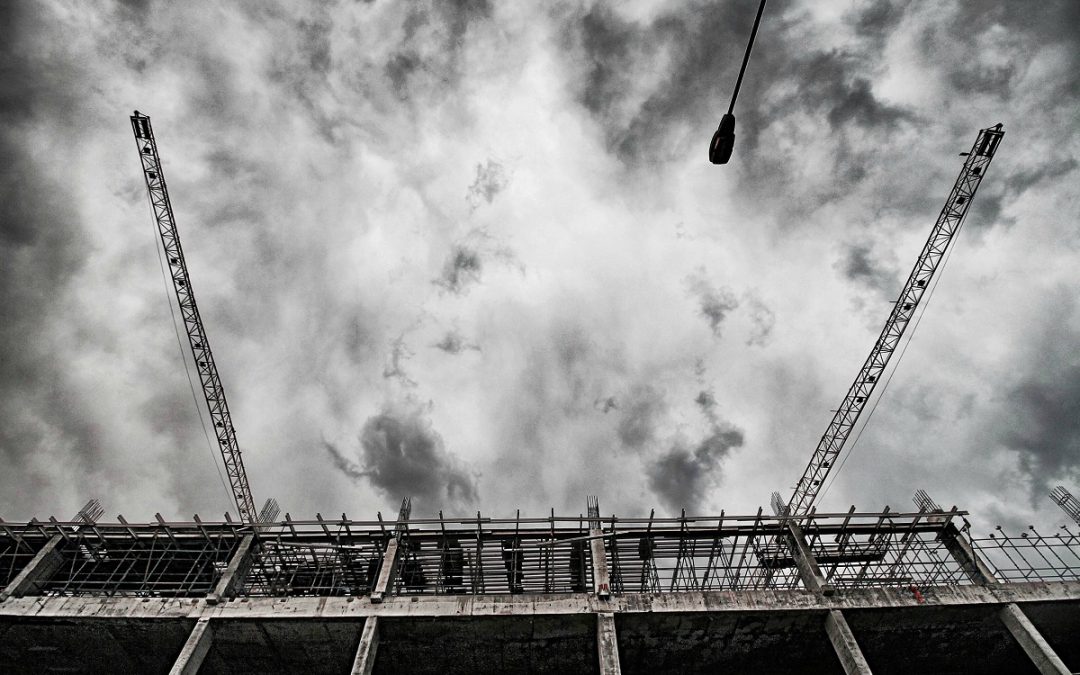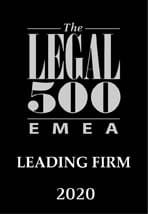Requirements for buildings and construction products
The majority of the rules in Act C of 2023 on Hungarian Architecture (“HAA”) took effect on 1 October 2024. We publish our weekly series of articles to give an overview of the changes that have been brought about by the introduction of the HAA. Our previous article discussed rules pertaining to construction logs, maintenance logs and maintenance obligations, and certain new positions and functions that have a role in construction projects. In this article, we take a look at the requirements that apply to buildings, as well as technical construction guidelines and the general requirements for construction products.
1. General requirements for buildings
The requirements applicable to buildings are fundamentally the same as they were under Hungary’s Act LXXVIII of 1997 on the Formation and Protection of the Built Environment (“Construction Contract”), and the HAA introduced only minor changes.
The key requirements in the construction of any building are that the building should (i) be safe and fit for purpose (ii) be accessible for emergency vehicles (ambulances, fire trucks, etc.) (iii) comply with the applicable water management, environmental protection and nature conservation criteria, and (iv) allow equal access for people with mobility and other impairments. [HAA, Sections 181(1) a) through d)]
In addition to meeting these requirements, a building, whether newly built, renovated, enlarged, restored or modernised, must (i) allow for regular maintenance and (ii) ensure that the environmental load produced by its use for the purpose intended does not exceed the locally permitted value. [HAA, Sections 181(4) a) through d)]
Just as under the previous legislative regime, deviations from the general construction requirements are only allowed in the cases and in the manner specified in the Government Decree on general zoning and construction requirements. The outside appearance and location of a building must ensure that the building fits in with local features and characteristics and preserves a harmonious existence with the local landscape and architectural heritage. [HAA, Sections 181(3) and (5)]
2. Sustainability as a central element
One of the most important new developments in the HHA is that the requirement of sustainability now has a more prominent role. In the design and construction of buildings, focusing on energy efficiency is no longer enough; the use of green energy and a conscious application of green practices must be guaranteed over the entire lifespan of the building. All this practically means that in line with the relevant Government Decree, buildings must have an energy performance certificate and a “green passport” before they can be occupied, and a maintenance log throughout their lifespan. [HAA, Section 182(1)]
The HAA specifically states with regard to landscape architecture projects that locally produced commodities with a green trademark must be used as much as possible in order to reduce shipping-related environmental loads. The purpose of these rules is to ensure that environmental concerns are prioritised in all construction processes. The relevant Government Decree also includes certain mandatory green infrastructure and biological activity values to be used in construction project. [HAA, Sections 182(1) and (2)]
3. Technical construction guidelines
While the HAA incorporates the previous rules on technical construction guidelines without any modification, briefly going over these rules is never a bad idea.
A technical construction guideline is a publicly accessible recommendation that is created in an industry-wide cooperation under government supervision for repeated or ongoing application in an area that is not regulated sufficiently or at all by a statue or a European or Hungarian standard. [HAA, Section 16.31]
It is important to note that technical construction guidelines are recommendations that are applicable to construction and operation activities aimed at the creation and maintenance of the built environment, and their application is generally voluntary. However, a statute concerning technical and engineering matters may cite a technical construction guideline and make its application mandatory. [HAA, Sections 183(1) and (3)]
Technical construction guidelines are developed by a Technical Construction Regulations Board and are available in a Technical Construction Database, which has been set up in accordance with Decree No. 6/2019. (IV. 4.) of the Ministry of Innovation and Technology on the Technical Construction Regulations Board.
A technical construction guideline must be revoked if a statute or standard is issued with regard to the area it covers. [HAA, Section 183(2)]
4. New condition for construction products
Construction products may only be specified in the design of a building and used in its construction if they meet the fundamental requirements applicable to the building. Compared to the Construction Act, the HAA has added a new condition in that the sustainability of the use of natural resources must be guaranteed throughout the useful lifespan of construction products. [HAA, Sections 184(1) and (2)a) and b)]
The creation of a Construction Product Database will allow the construction industry to have accurate information about the technical parameters, source of origin and sustainability characteristics of products and materials, which in turn will help in the transition to greener practices. However, the database is far from complete, as the relevant regulations and detailed rules are only expected to take effect on 1 January 2026. [HAA, Section 184(2)c)]
If a construction activity is performed in violation of the requirement pertaining to construction materials, the competent authorities will take appropriate action in line with the rules governing their procedures. [HAA, Section 184(4)]
Authors: Zsanett Szabó and Bence Rajkai




